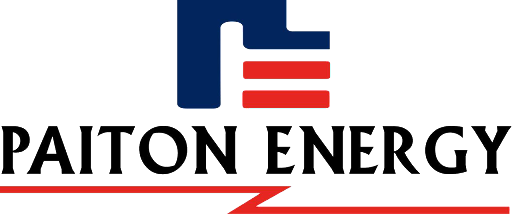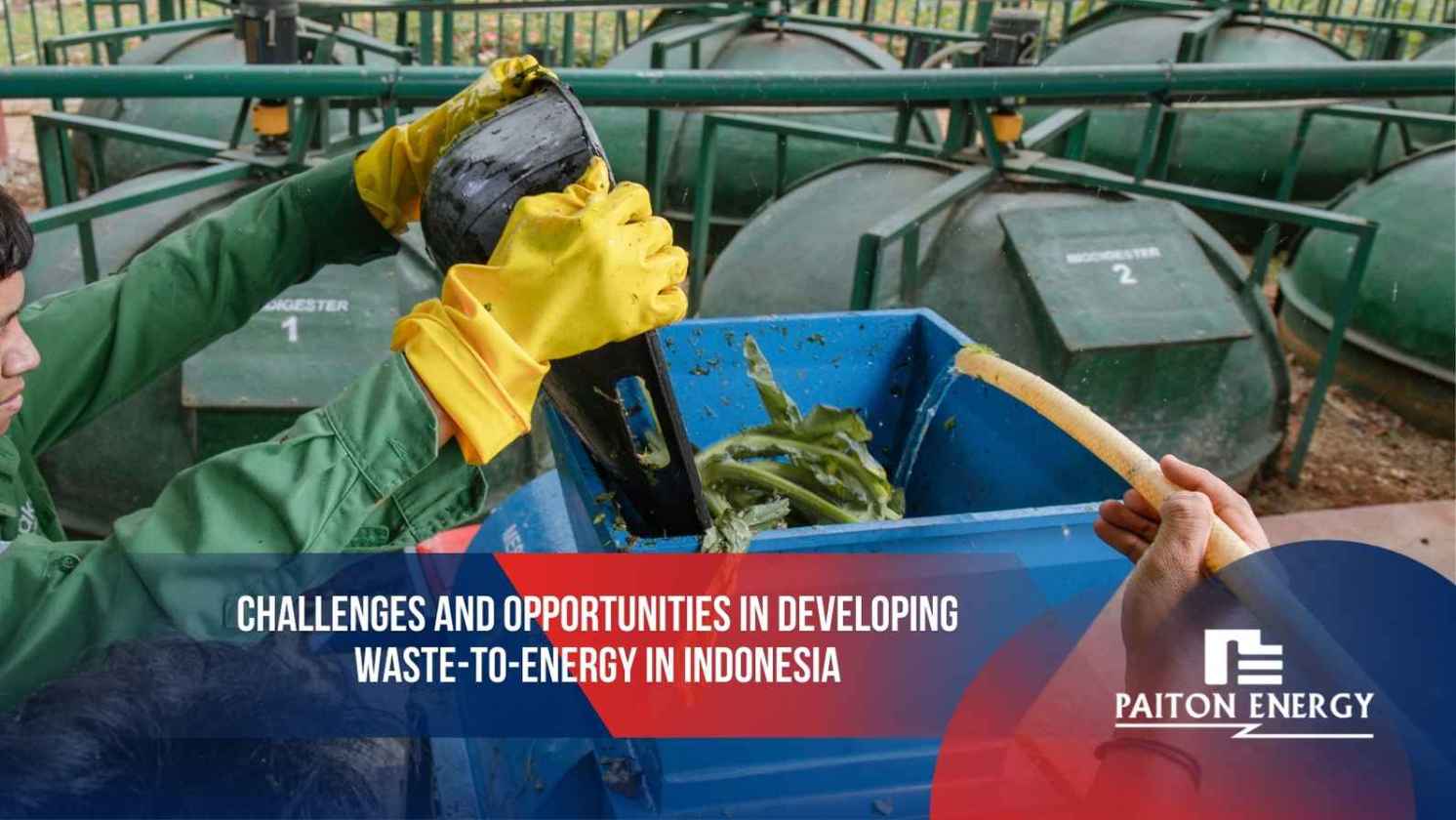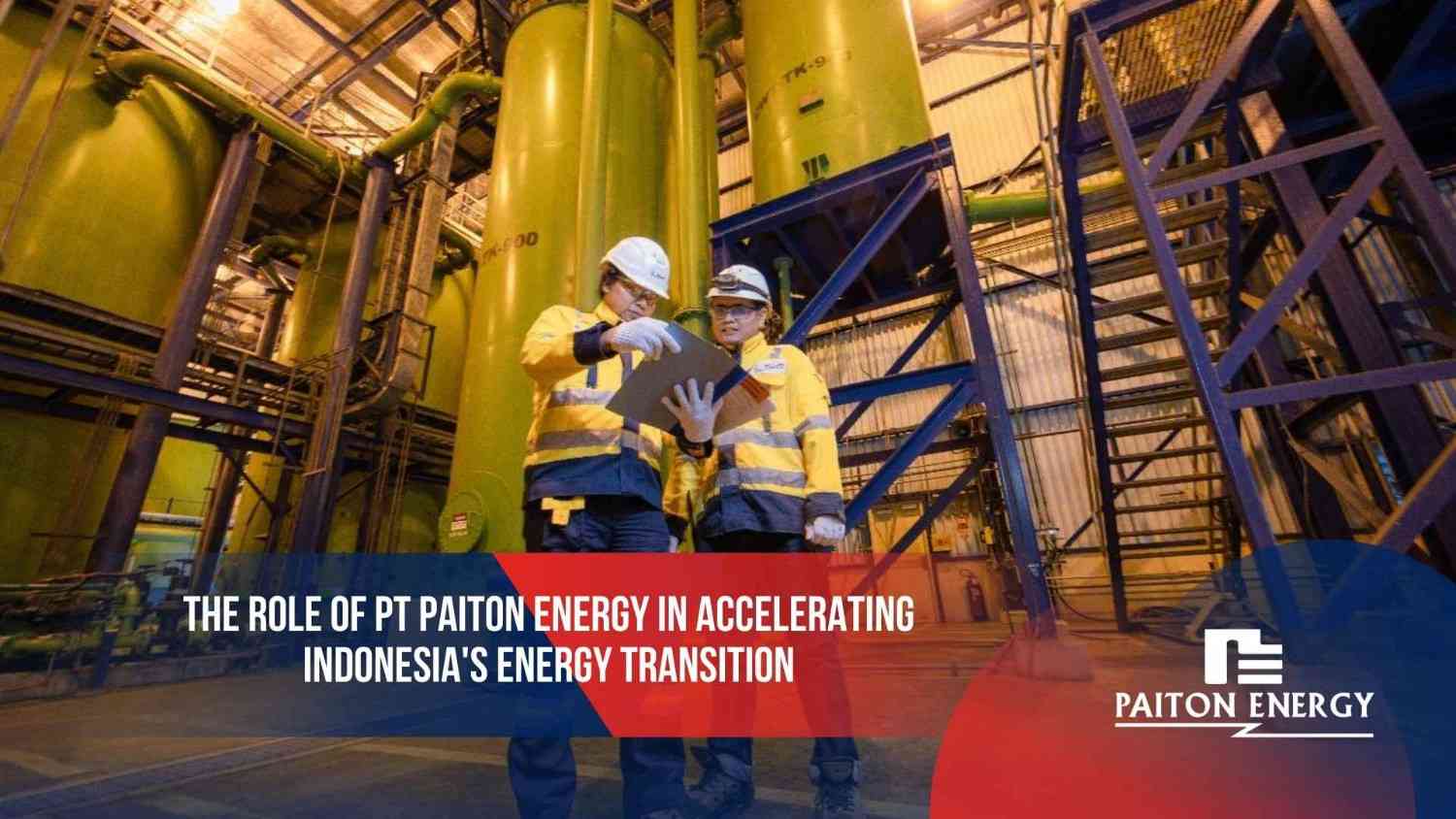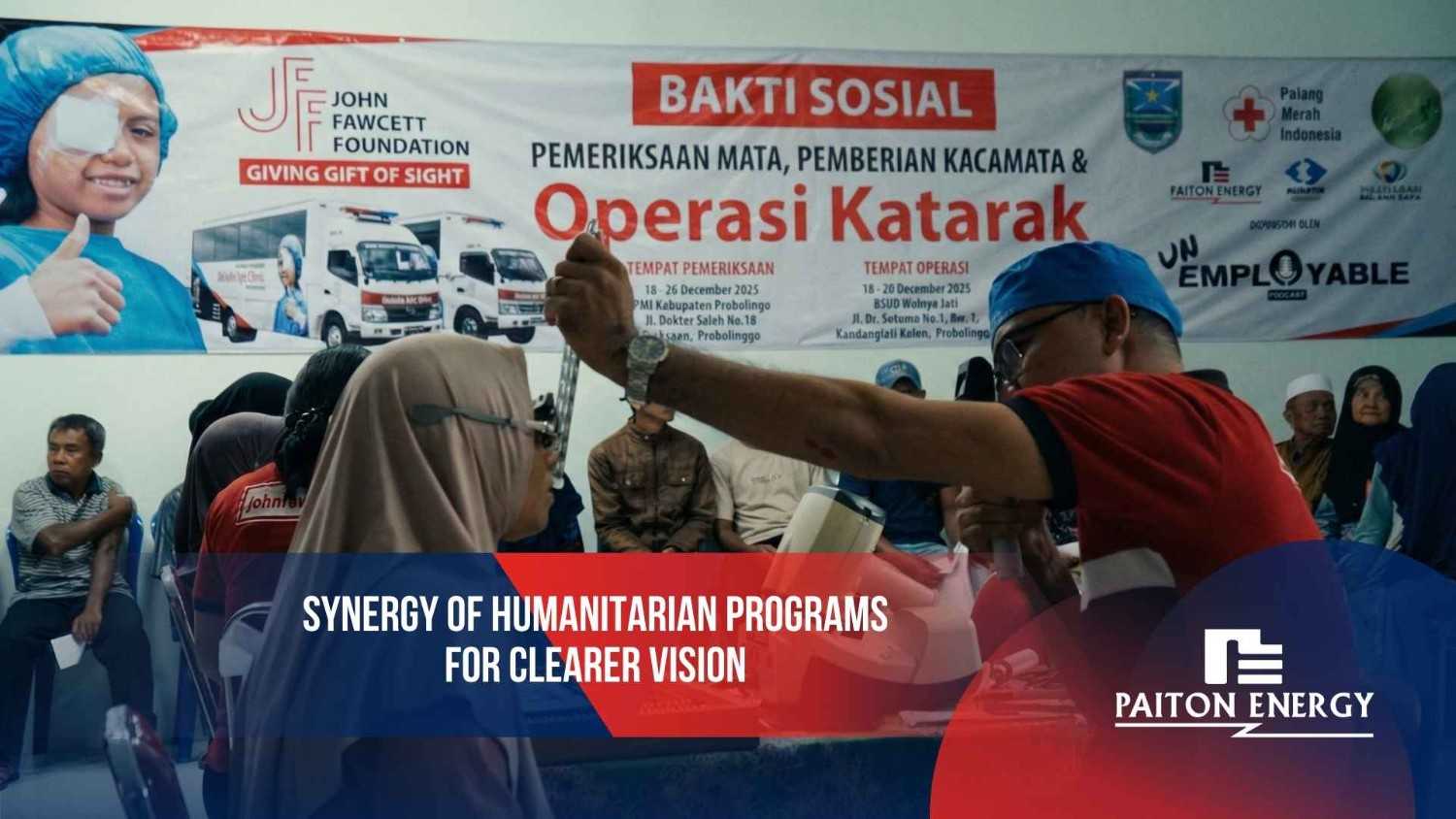The waste problem in Indonesia has grown increasingly complex in line with population growth and rising consumption.
Data from the Ministry of Environment and Forestry show that Indonesia generates tens of millions of tons of waste annually, with most ending up in landfills that are rapidly reaching capacity. In this situation, developing Waste-to-Energy (WTE) facilities has emerged as a strategic solution.
Waste-to-Energy refers to the concept of converting waste into usable energy, such as electricity, heat, or fuel, through thermal combustion technologies or biological processes like biogas.
Beyond reducing waste volumes, this technology supports the transition toward renewable energy. However, the implementation of WTE in Indonesia faces significant challenges alongside promising opportunities.
Technical Challenges
The characteristics of Indonesian waste differ from those in developed countries where WTE has been successfully implemented. Most waste in Indonesia is organic and wet, with a low calorific value (around 1,300 kJ/kg). This makes combustion less efficient, requiring technologies capable of processing such feedstock.
WTE facilities also depend on a large and consistent supply of waste. Unfortunately, waste collection, sorting, and storage systems remain suboptimal in many regions, reducing the quality of feedstock available for processing.
Equally important, WTE technologies must comply with strict emission standards and ensure environmental safety. Otherwise, the risk of air pollution and health impacts may increase. For this reason, WTE development in Indonesia must be managed in an integrated manner from upstream to downstream.
Social Challenges
The adoption of WTE projects in Indonesia often encounters public resistance. Concerns about air pollution, unpleasant odors, and health risks frequently fuel opposition. In many cases, communities perceive WTE facilities as riskier than conventional landfills.
The root of this issue lies in limited public understanding of the benefits and safety standards of WTE technologies. Without adequate education, building social acceptance is difficult. Transparent and continuous information campaigns are therefore essential to gain community support.
Financial Challenges
The investment required for WTE facilities is relatively high. Developing a waste-to-energy power plant, for example, demands substantial capital, while existing financing schemes and incentives remain insufficient. Bantuan Biaya Layanan Pengolahan Sampah (BPLS) under Presidential Regulation No. 35 of 2018 has not been attractive enough for private investors.
Moreover, coordination between central and local governments regarding tipping fees and financing mechanisms still needs strengthening. Legal certainty and supportive regulations will be critical in driving long-term investment.
Major Opportunities for Waste-to-Energy Development
Despite these challenges, WTE holds vast potential in Indonesia for several reasons:
- Waste Volume Reduction
WTE facilities can reduce waste volumes by up to 90 percent, extending landfill lifespans and significantly decreasing the need for new disposal sites.
- Contribution to Renewable Energy
WTE technologies can generate electricity and alternative fuels that support Indonesia’s renewable energy mix targets while helping to cut greenhouse gas emissions.
- Government Policy Support
The government has designated WTE as a National Strategic Project, with plans to develop facilities in several major cities.
- Integrated Technology Approaches
Combining technologies such as Waste-to-Energy Power Plants (PLTSa) and Refuse-Derived Fuel (RDF) can optimize energy production while minimizing environmental impacts.
- Public Education and Outreach
With proper public education, negative perceptions can be transformed into support, accelerating WTE adoption in Indonesia.
Strategies to Advance Waste-to-Energy
To fully leverage these opportunities, several strategic measures should be pursued:
- Improve waste management systems to ensure high-quality and consistent feedstock for WTE facilities.
- Strengthen regulations and incentives, particularly related to financing, emission control, and private sector investment.
- Develop and adapt technologies suited to the characteristics of Indonesian waste, leveraging local research and innovation.
- Foster multi-sector partnerships among government, private sector, academia, and communities to accelerate adoption.
- Conduct sustained public education to reduce social resistance.
A Practical Example: PT Paiton Energy’s Initiatives
PT Paiton Energy provides a noteworthy example of active WTE development in Indonesia. In collaboration with the University of Indonesia, the company has built a 234 kWh PLTSa that processes organic waste and animal manure into electricity and compost.
At Ragunan Zoo, PT Paiton Energy converts organic waste into biogas to power zoo operations, while simultaneously producing solid and liquid fertilizers. Through its CSR program “Paiton bErsiNERGY,” the company demonstrates its commitment to environmental management, public education, and the transition to clean energy.
These initiatives highlight that the technical and financial challenges of WTE in Indonesia can be addressed through innovation and collaboration.
Developing Waste-to-Energy in Indonesia is a crucial step in tackling the country’s waste problem while advancing renewable energy. Although the technical, social, and financial challenges are significant, the opportunities are far greater when supported by the right strategies and strong stakeholder collaboration.
The example of PT Paiton Energy shows that with innovation, partnerships, and sustained commitment, Waste-to-Energy can become a strategic solution for environmental management and Indonesia’s clean energy future.




